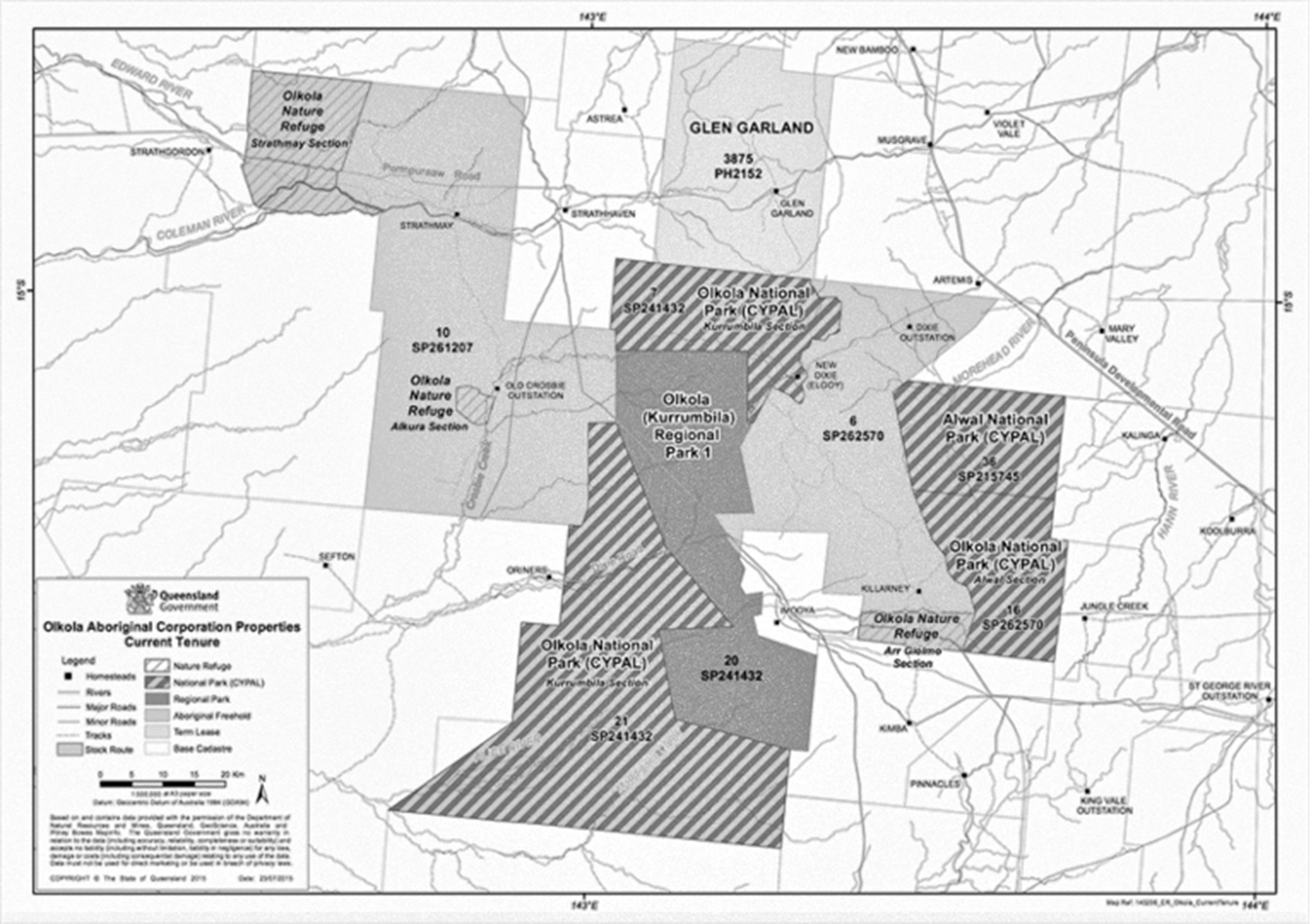
Posted by : Hannah Robertson May 29, 2022
Contact : hannah.robertson at unimelb.edu.au Maps
This chapter outlines the foundational principles of a collaborative design partnership between the Olkola Aboriginal Corporation, The Centre for Appropriate Technology, the University of Melbourne and Monash University. The authors have worked in collaboration with the Olkola People since 2018 on several Traditional Owner led participatory design projects including: The Olkola Cultural Knowledge Centre Project, Data Science Pathways for Supporting Sustainable Livelihoods on Remote Indigenous Homelands and Getting Back on Country: Traditional Owner-Led Repatriation, Digitisation and Exhibition Design of Olkola Cultural Archives.
The creation of an Olkola Cultural Knowledge Centre on Olkola Country is a design research and teaching project that uses participatory and collaborative design to bring together traditional knowledge with architecture, engineering, construction and project management technical knowledges. The Project is community led at all stages and all collaborators are united by a shared vision to create a Cultural Knowledge Centre on Olkola country.
To explain the approach of this Project, this chapter defines design research and its associated methods before identifying the need for an overarching theoretical research framework with a clear vision and the flexibility to adapt as changes arise. The chapter then provides a staged overview of how design research methods have been used in the project to assist with identifying the theoretical principles that underpin the overarching research framework. Although several theoretical principles are woven throughout the project and it remains ongoing, the chapter finds that the most critical stages of a community led research through design project occur in the establishment stages prior to any formal research.
The analysis also finds that it is when the community articulate their vision and the partnership forms that the armature for the research framework develops and that this becomes the guiding force for the values and ethos of the project in later stages. If the research framework is able to flexibly adapt as changes arise through the co-design and formal research phases, then the project can retain a clear focus on the shared vision. Ultimately the evolving nature of this project is one that is contextually and community specific, however, the overarching principles may also assist other Indigenous community-led design research collaborations as they seek to self-determine infrastructure development on their Country. This then offers to all built professions across planning, architecture, landscape, engineering and construction lessons about how to engage and partner with communities in support of their aspirations.
Extract from Chapter 10, Indigenous Engineering for an Enduring Culture, edited by Cat Kutay, Elyssebeth Leigh, Juliana Kaya Prpic and Lyndon Ormond-Parker. Published by Cambridge Scholars Publishing
Author: Hannah Robertson, Debbie Ross and Andre Grant
Location: Olkola Cape York